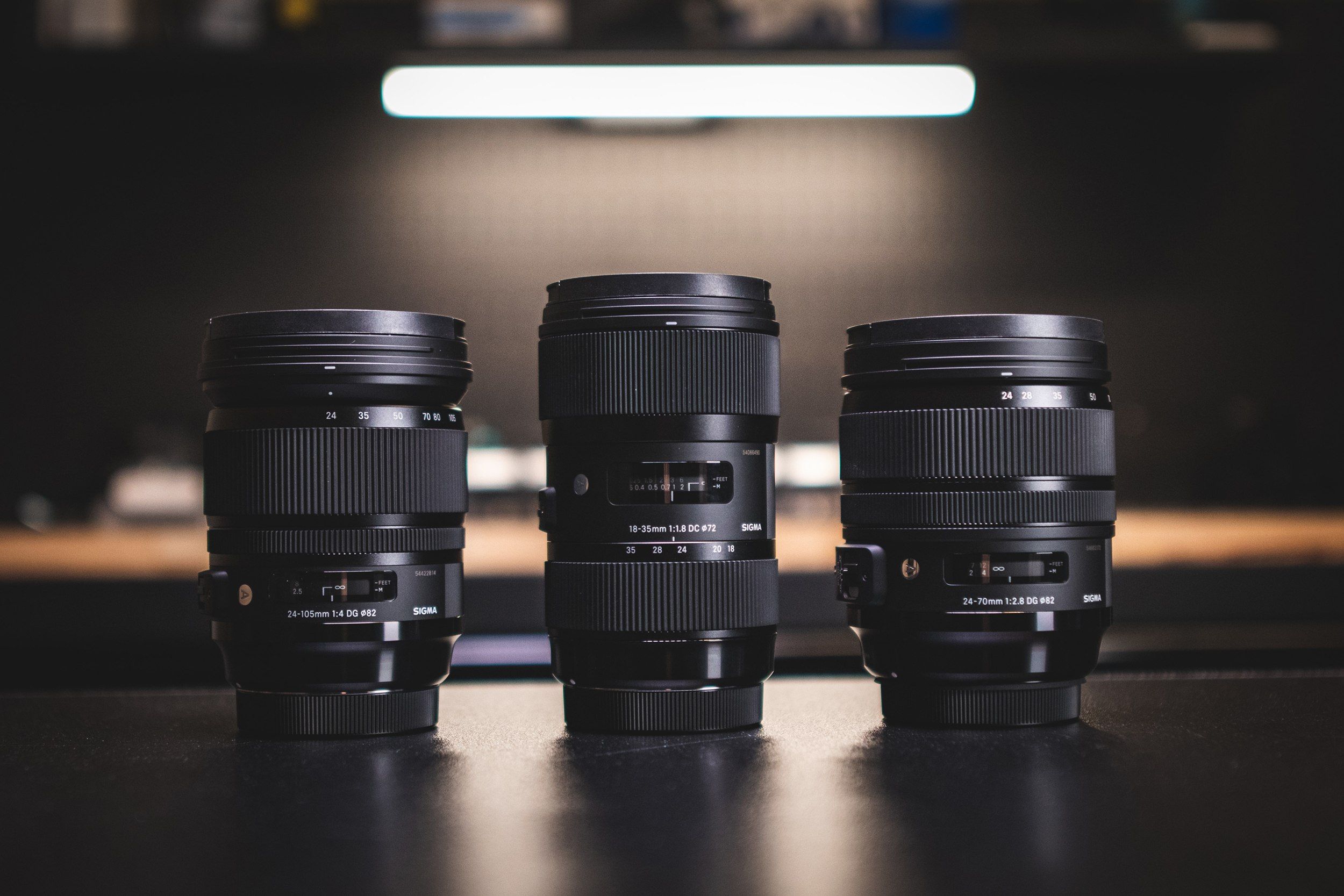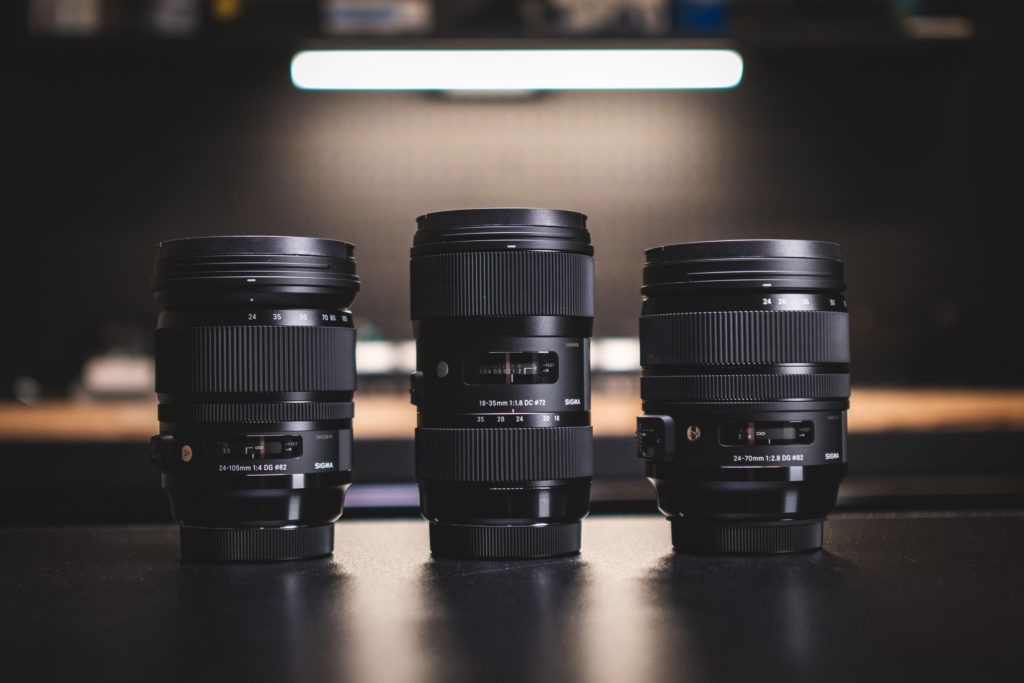The lenses that you use on your camera can make a huge difference in the quality and style of your images. Good glass makes a lot of difference! But there is a huge array of lenses out there and it can seem impossible to decide which one will best suit your needs.
In this article, I’m going to look at zoom lenses: what they are, why you should use them, and how they work.
Here’s what we’ll cover:
- What is a zoom lens, and what is focal length?
- Zoom lenses vs. prime lenses · What type of zoom lenses are there?
- Which zoom lens should you buy?
Recommended Reading: Want a step-by-step guide on photography skills with your DSLR? Grab a copy of our best-selling guide: The DSLR Crash Course.
What Is a Zoom Lens and What Is Focal Length?
A zoom lens is a lens that covers a range of focal lengths (e.g. 24-70mm). To understand a lens, you need to first understand focal length. So, what is focal length? The focal length is the distance (in millimeters) between your lens and the image recorded on your sensor when the lens is focused at infinity. Infinity refers to the farthest possible distance that can be seen. It is this distance that essentially determines your angle of view (i.e. what the lens sees). Camera lenses are classified by their focal lengths, starting from a standard lens that gives roughly the same perspective as the human eye. This is the 50mm lens, although lenses of around 20mm to each side of 50mm are also classified as standard. Lenses with less focal length are wide-angle lenses, as they have a wider angle of view, whereas those with a greater focal length are telephotos and have a narrower angle of view.
A zoom lens allows a photographer to adjust the focal length of the lens within its specific range (i.e. you can change the angle of view to make it narrower, by zooming in, or wider, by zooming out).
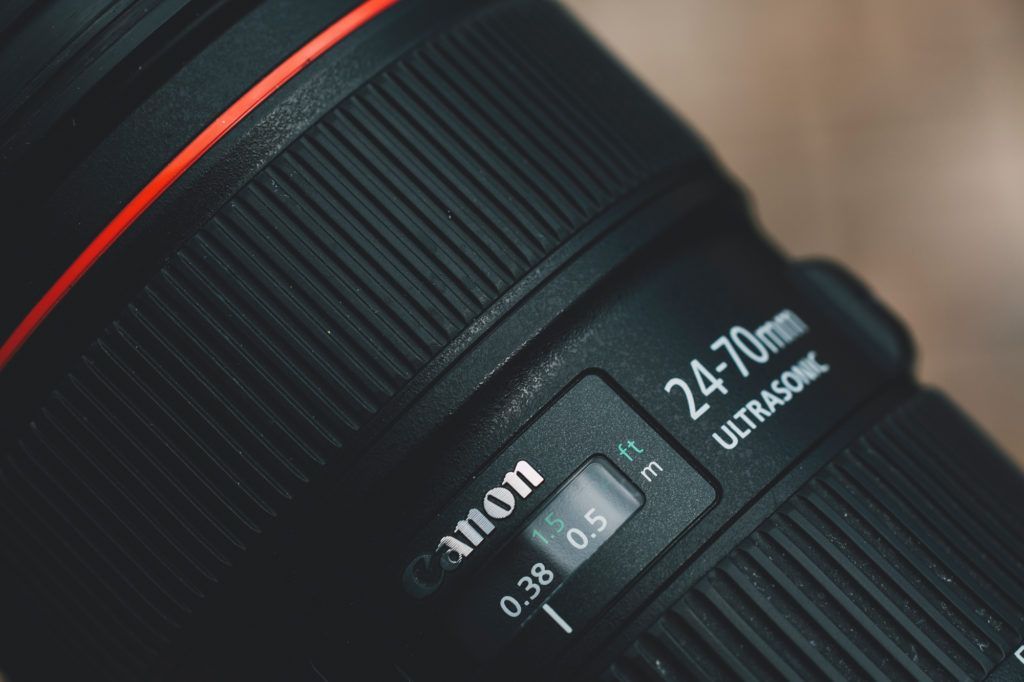
The focal length range of a zoom lens will be clearly marked on the side of its barrel. Photograph by Markus Spiske
Zoom Lenses vs. Prime Lenses
As we’ve already discovered, a zoom lens covers a range of focal lengths. A prime lens, on the other hand, has a fixed focal length (e.g. a 50mm lens). Both types of lens have their advantages and disadvantages.
The main advantage of a zoom lens is the fact that you can cover a range of focal lengths and can change the angle of view quickly, without needing to change your lens. Zoom lenses are invaluable for events, weddings, and sports, where you are likely to need to zoom in and out to recompose a scene quickly.
The main advantage of a zoom lens is the fact that you can cover a range of focal lengths and can change the angle of view quickly, without needing to change your lens.
Another great thing about zoom lenses is that you don’t need to carry lots of lenses around, meaning that you can travel lighter. You can get one zoom lens to do the job of several prime lenses.
You might be wondering why anyone would bother buying a prime lens, but they do have several advantages. Firstly, a prime lens will usually be sharper than a zoom lens. This is because it only has one focal length to concentrate on and the glass doesn’t have to work over a large range.
Secondly, a prime lens always has one fixed maximum aperture (e.g. a 50mm f1.4). Most zoom lenses will have a variable maximum aperture (e.g. f3.5-5.6) and will have a narrower maximum aperture than a prime lens.
Key Lesson: You can buy zoom lenses with a fixed aperture throughout their range (e.g. a 24-70mm f4), but they will be far more expensive than zooms that have a variable aperture. However, if the vast majority of your photography involves events, weddings, sports, or travel, you may well think that they’re worth the investment.
What Types of Zoom Lenses Are There?
You will find a variety of zoom lenses on the market, and it can be confusing to know what to pick when you’re first starting out. I’m going to break down the different types of zoom lenses, but before we start, it’s important to know the difference between using a full-frame camera and a crop frame (APS-C) camera.
The focal lengths denoted on a lens will always equate to what you’d get shooting on a full-frame camera (one where the sensor is the same size as a piece of 35mm film). But if you’re shooting on an APS-C camera, your sensor will be slightly smaller and narrower than that of a full-frame camera. This does have an effect on your lens and the perceived focal length.
To put it simply, using a crop frame camera means that you’ll end up with a
different field of view. To work out what field of view you’ll be getting, you will
need to multiply your lens’ focal length by either 1.5 or 1.6 (depending on which manufacturer’s camera you’re using). So, for example, if you are using a Canon APS-C camera, you will need to multiply by 1.6, meaning that a 50mm lens gives you the equivalent field of view of an 80mm lens. This can be great if you’re using a telephoto lens as you’ll essentially gain without having to spend more money, but it’s not so useful if you’re trying to shoot wide-angle.
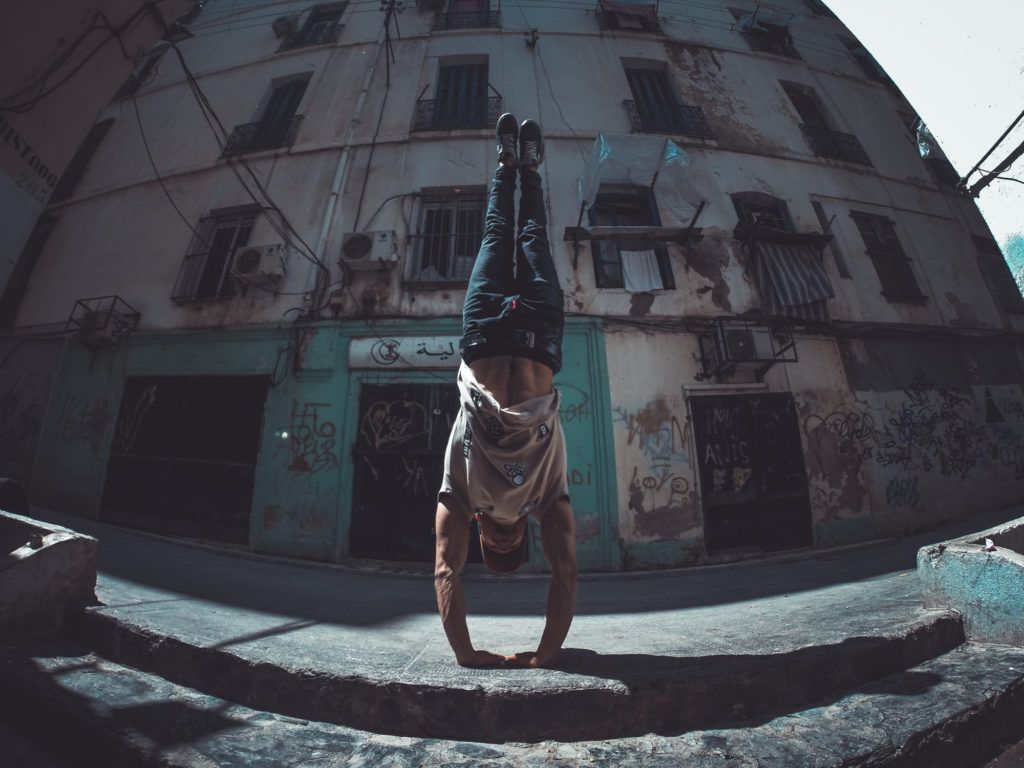
Fisheye lenses can be used to create unusual effects! Photograph by Daoud Abismail
Fortunately, manufacturers have recognized this problem and developed a range of lenses specifically for APS-C cameras that will allow you to shoot wide-angle vistas.
Bearing this in mind, let’s take a look at the different types of zoom lenses:
Super/Ultra Wide-Angle <21mm
Wide-Angle 21mm-35mm
Standard 35mm-70mm
Telephoto 70mm-135mm
Super Telephoto 135mm-300mm+
Super/Ultra Wide-Angle
Ultra wide-angle lenses will allow you to cover an extremely wide angle of view but will sometimes distort the edges of the image. Specialist fisheye lenses are available that take this distortion and purposely use it to give a more convex appearance to images.
Wide-Angle
Wide-angle lenses give you a wide field of view and are commonly used for photographing landscapes. You can still run the risk of a little distortion at the wider end of the focal length.
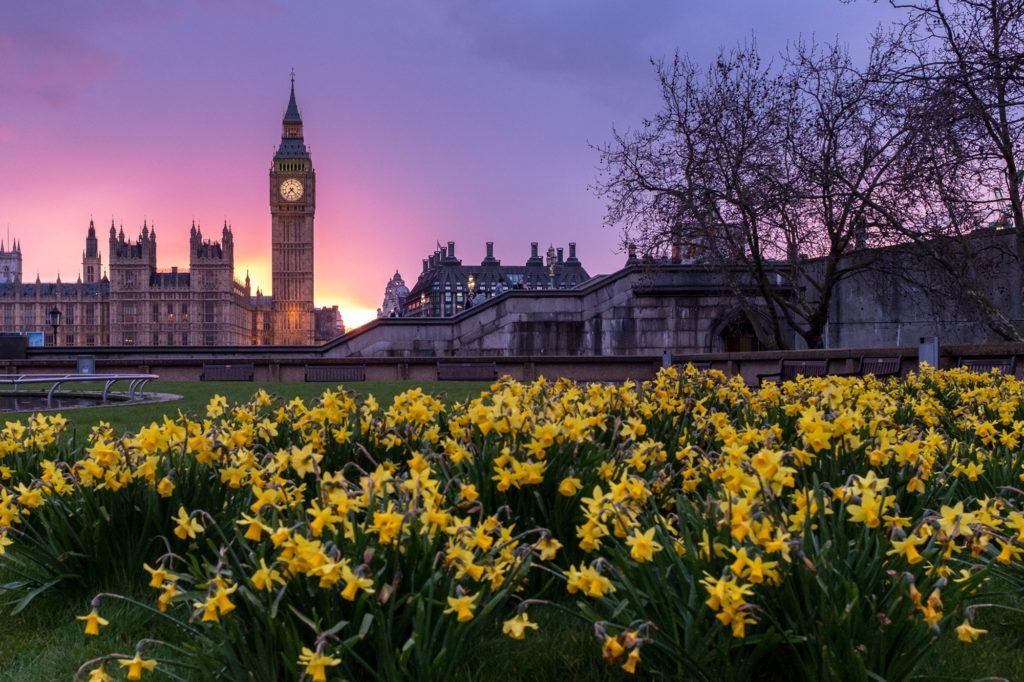
Wide-angle zoom lenses give you the opportunity to photograph beautiful landscapes. Photograph by Ming Jun Tan
Key Lesson: It’s a common misconception that wide-angle lenses don’t produce as shallow a depth of field as telephoto lenses. But what’s actually changing is the distance you’re focusing over; for example, a 200mm lens focused at 12 feet will have a much smaller depth of field in comparison to a 20mm lens focused at the same distance. This does, however, make it easier to produce landscapes with everything sharp and in focus.
Recommended Reading: Want a step-by-step guide on photography skills with your DSLR? Grab a copy of our best-selling guide: The DSLR Crash Course.
Standard
A 50mm lens gives a view similar to the human eye. Standard lenses are used in all sorts of photographic situations but are probably most popular for portraits, street photography, and candid shots.
Telephoto
Telephoto lenses are used to bring subjects closer to the camera. A standard telephoto lens is often used for portraiture, as it allows you to easily achieve a shallow depth of field and blow out the background.
Super Telephoto
Telephoto lenses with longer focal lengths are commonly used to photograph subjects that you can’t physically get close to, such as wildlife or sporting events.
Which Zoom Lens Should You Buy?
There are literally hundreds of zoom lenses on the market and choosing one can seem a little daunting! So, let’s follow these steps to help you make your decision easier
Focal Length
The first thing to decide is what focal length range you want. This is going to depend on what kind of photography you want to shoot. If you shoot landscapes, you’ll want a wide-angle lens, or for portraits a standard or telephoto lens will be more appropriate, to give a couple of examples.
The first thing to decide is what focal length range you want. This is going to depend on what kind of photography you want to shoot.
There are zoom lenses available that cover huge focal length ranges, such as 18-300mm, so you might just think that buying one of those will solve all your photography needs. I would, however, strongly advise against this. In my view, these lenses are simply trying to cover too much, and this will mean that the glass will struggle to maintain quality optics throughout its range. In addition, you’ll often have a variable aperture range of f3.5-6.3. You are better off buying several zoom lenses to cover the focal length range that you’re interested in.
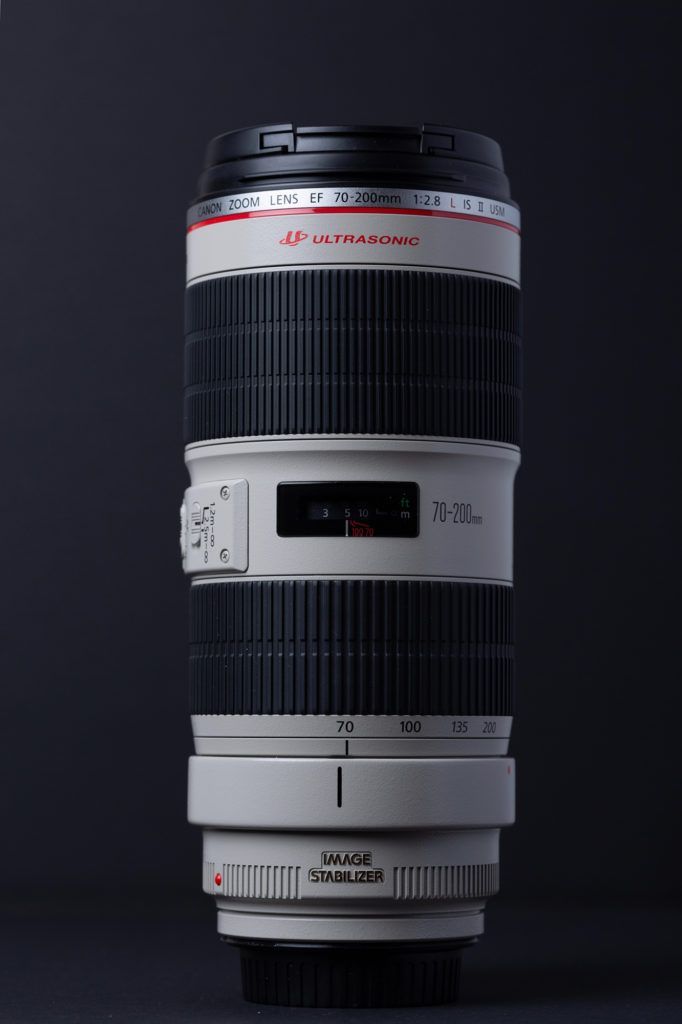
Telephoto lenses give you the opportunity to bring subjects closer to the frame. Photograph by Ahmad Mohammed
Aperture
This may be dictated by cost more than anything else, but you need to decide whether you can live with a variable aperture or need a fixed one. A zoom lens with a variable aperture will be far cheaper, but you will obviously find that the lens is not as fast and that it will be harder to produce images with a small depth of field.
Full or Crop Frame
You need to be aware of whether your camera is full-frame or crop frame. I’ve already discussed the effect of APS-C cameras on lenses, and it’s important to take this into consideration when you’re choosing a zoom lens. Indeed, if you have an APS-C camera, it’s often well worth investigating the lenses made specifically for them as they will have more suitable focal length ranges and may well be cheaper.
Budget
Lastly, you need to make sure that you stick to your chosen budget. Lenses are expensive! But you should remember that a lens is worth investing in. Cameras may become obsolete, but a good lens can outlive the photographer! If you’re on a budget, have a look at third-party lenses. Tokina, Tamron, and Sigma all make some great lenses with fits for most of the major camera manufacturers.
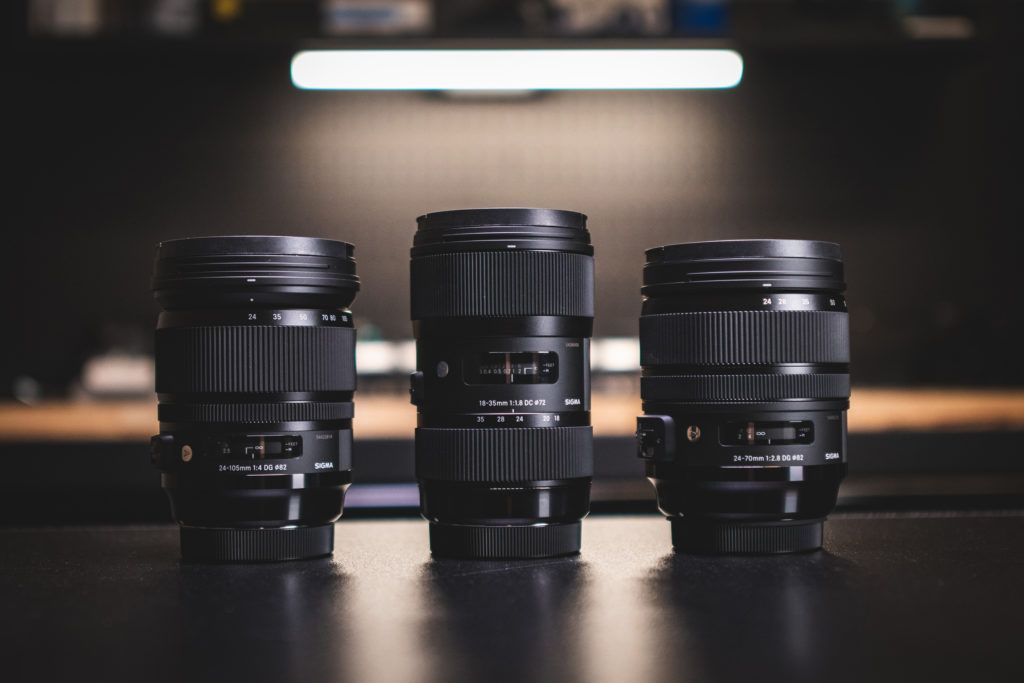
Conclusion
Zoom lenses are a really useful piece of kit for most photographers and you’ll want to have a couple in your arsenal. To decide which one best suits your needs, follow the advice in this guide and you should find it easy to make a decision. Happy hunting!
Self-Check Quiz:
- What differentiates a zoom lens from a prime lens?
- What is one of the advantages of a zoom lens over a prime lens?
- What focal lengths denote a wide-angle lens?
- What would photographers most commonly use a super-telephoto lens for?
- Why do you need to make sure you know whether your camera is full or crop frame?
- Name one third-party manufacturer that makes lenses for the major camera manufacturers.


